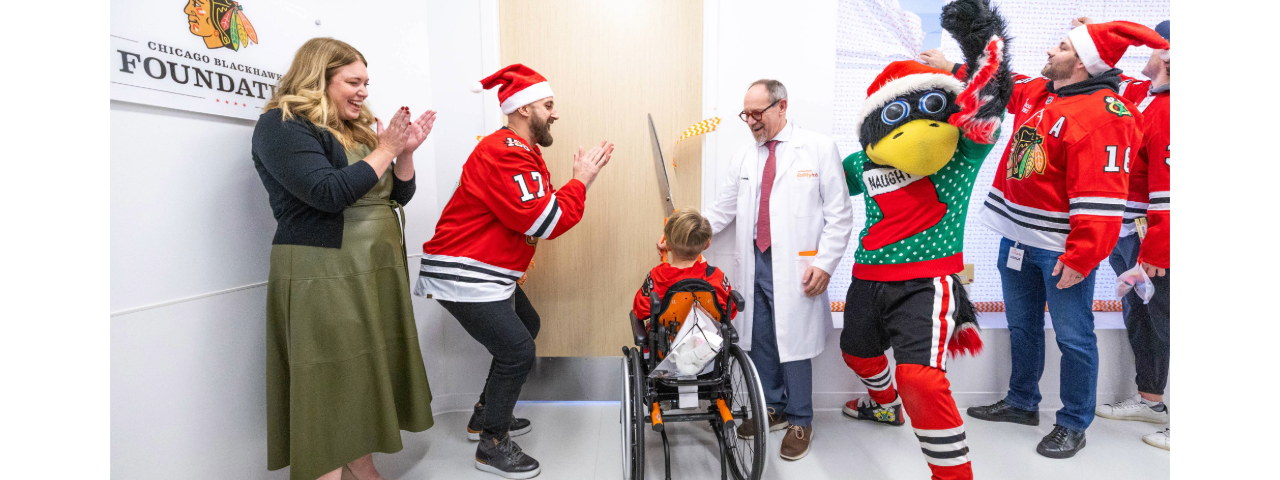Masterful Measurement of How We Move
Body
Walking can tell us so much about overall health that it’s sometimes considered a sixth vital sign. Yet, we still don’t have reliable, clinically useful tools for measuring it in all of our patient populations. Although there have been promising advances for studying walking in the field of artificial intelligence (AI), many come with shortcomings.
First, few scientists working on AI are clinicians, and computer vision algorithms typically don’t produce clinically meaningful results. Further, those with different abilities and those using assistive devices are not always represented in the data used to develop these products.
Another hurdle is the expense of formal gait analysis as we know it. By developing less costly, less time-intensive ways to study motion, we can pursue many questions that were previously unanswerable.
R. James Cotton, MD, PhD, is committed to closing this gap between what clinicians need and what is currently possible with technology. Using a combination of smartphones, video cameras and AI, Dr. Cotton seeks to deepen our understanding of how people walk and how to track changes in gait over time. This practical, cost-effective approach to capturing motion has exciting potential to expand access to precise movement analysis.
Meet the Researcher: R. James Cotton, MD, PhD
Body
R. James Cotton, MD, PhD is a clinician-researcher and a lab director at The Regenstein Foundation Center for Bionic Medicine. He graduated from Shirley Ryan AbilityLab’s residency program, during which he completed our unique research academic track. This track offers an additional year for research. In fact, our MD/DO-research track is the only one of its kind. His work bridges his medical and scientific interests, as he is developing translational muscle- and neural-interface technologies to help people with neurologic impairments. He earned his BS in electrical engineering and BA in biochemistry from Rice University, and his MD and PhD, with a focus on systems neuroscience, from Baylor College of Medicine. His long-term goal is to develop neural interface technologies and translate them clinically to help restore function in people with spinal cord injury.
Mentioned Profile


